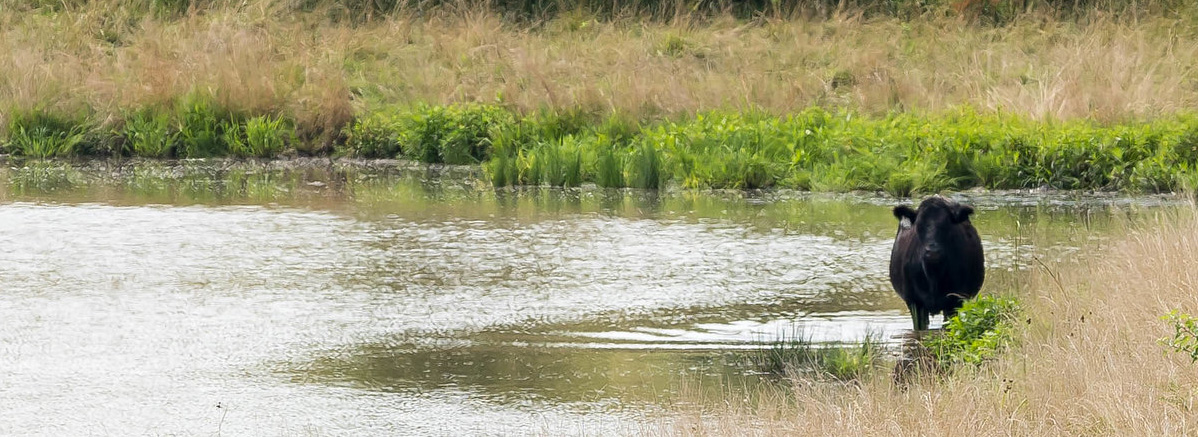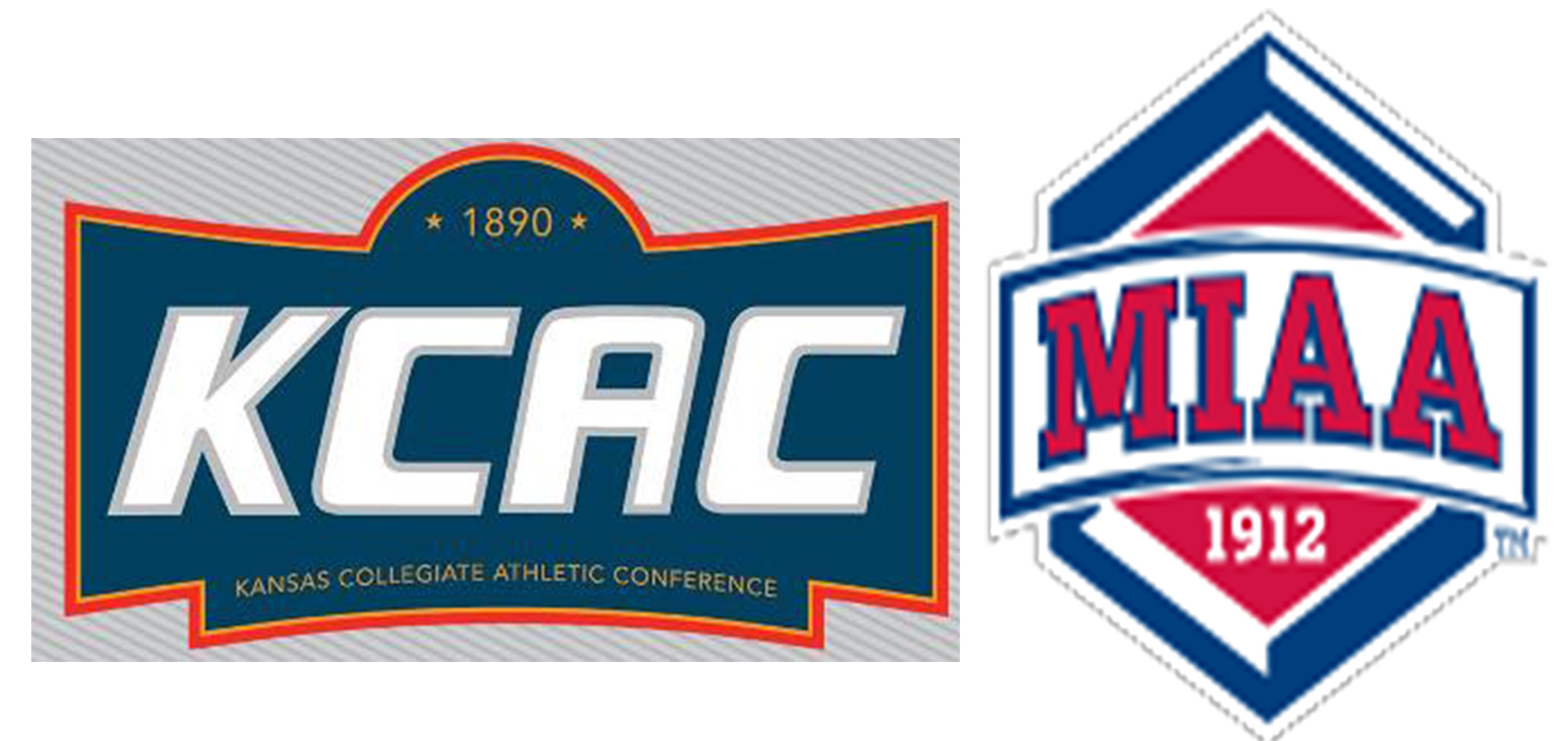Experiencing too much sun exposure and drinking poor-quality water can have serious negative effects on a person’s health. That can be true for cattle as well, according to the Kansas State University Beef Cattle Institute experts who spoke on a recent Cattle Chat podcast.
“It is important for beef producers to observe their cattle as well as monitor the pastures and water supplies on a routine basis,” K-State veterinarian Bob Larson said.
Managing sunburn in cattle
If producers notice cattle developing skin lesions including redness and swelling, the animal may be experiencing photosensitization, Larson said.
K-State veterinarian and diagnostic toxicologist Scott Fritz said this condition occurs in cattle when they consume certain plants and are exposed to ultraviolet light, leading to a surplus of photodynamic agents in the body.
“Photosensitization looks like a severe sunburn in cattle, and it often appears in the non-pigmented areas of the cow,” Fritz said. “A lot of times their hair falls off and the skin can slough off as well.”
Fritz said that can happen when cattle consume a photodynamic agent or when there is damage to the liver that keeps the animal from metabolizing chlorophyll appropriately.
One of the common plants in Kansas that can cause the condition is St. John’s Wort. But grazing certain plants is just one of the causes of this condition, K-State veterinarian Brian Lubbers said.
“Some antibiotics can cause photosensitivity,” Lubbers said.
To understand what type of disease the cattle are experiencing, Fritz advised producers to work with their veterinarian to do diagnostic testing.
“If this is happening in the liver, the likelihood of a good outcome is low, but if it is just a matter of removing the cattle from the pasture, the animals in the herd have a good chance of recovery,” Fritz said.
In either case, palliative care is the only course of treatment, Fritz said.
Maintaining high-quality water
Another issue that can lead to cattle sickness is poor quality water, said the veterinarians.
“It is important to know the water quality,” K-State beef cattle nutritionist Phillip Lancaster said. “For example, if the water source is high in sulfur, then we would need to be careful when feeding corn gluten feed and distillers grains that naturally have a high sulfur content, and adjust accordingly.”
As part of that water quality assessment, Larson said it is important to check the water source routinely.
“It requires vigilant observation to make sure the water sources are clean and free of algae buildup,” Larson said. “We want to make sure there is nothing that is going to keep the cattle from consuming water.”
He said that sometimes birds or mice fall into the water sources and die and that can lead to bacteria buildup. It can also happen when cattle defecate in the water source.
How much the cattle will drink each day varies greatly, K-State veterinarian Brad White said.
“In hot weather conditions, cows and calves may consume twice as much water as they do in cold weather,” White said.
To hear the full discussion on these topics, listen to Cattle Chat on your preferred streaming platform.



